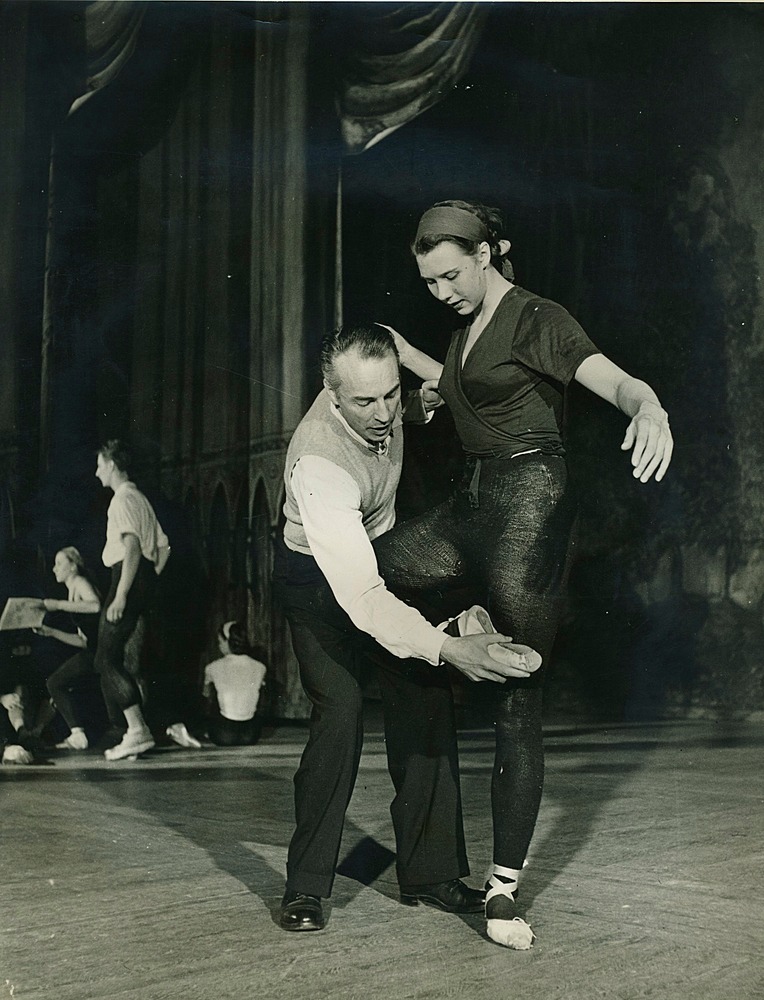people » George Balanchine
George Balanchine (1904-1983). Russian-born American dancer, choreographer, ballet master and founder of New York City Ballet
One of the great choreographers of the 20th-century, prolific, fantastically musical and theatrically broad-minded, George Balanchine transformed ballet. Born in St Petersburg, he trained at the Imperial (later Soviet) Ballet School, living through the early years of the Russian revolution, where he began to choreograph and even studied music with composer Alexander Glazunov. While touring in Germany in 1924, he was hired by Serge Diaghilev. Within a year he was the chief choreographer for the Ballets Russes, creating no fewer than ten ballets between then and Diaghilev’s death in 1929, including The Triumph of Neptune, with music by Lord Berners, in 1926. Of these Apollo and The Prodigal Son stand out as undoubted masterpieces, the former being particularly important because it marked the start of his life-long partnership with Igor Stravinsky, for whose music he had a special affinity.
Balanchine worked with various European companies, including his own Les Ballets 1933, but an invitation from Lincoln Kirstein to go to the United States of America proved to be definitive. He founded the School of American Ballet, from which grew the New York City Ballet. With a wealth of great dancers and with Stravinsky often at his side, Balanchine established himself as the master of abstract ballet, physical, musical and austerely beautiful. Outstanding works include Serenade, The Four Temperaments, Agon and Concerto Barocco, with equally outstanding ballerinas including Alexandra Danilova, Maria Tallchief, Tanaquil LeClercq, Allegra Kent and Suzanne Farrell. Despite Balanchine’s own aversion to fixing the choreographic text of his ballets in stone, his legacy is scrupulously overseen throughout the world by the George Balanchine Trust.

